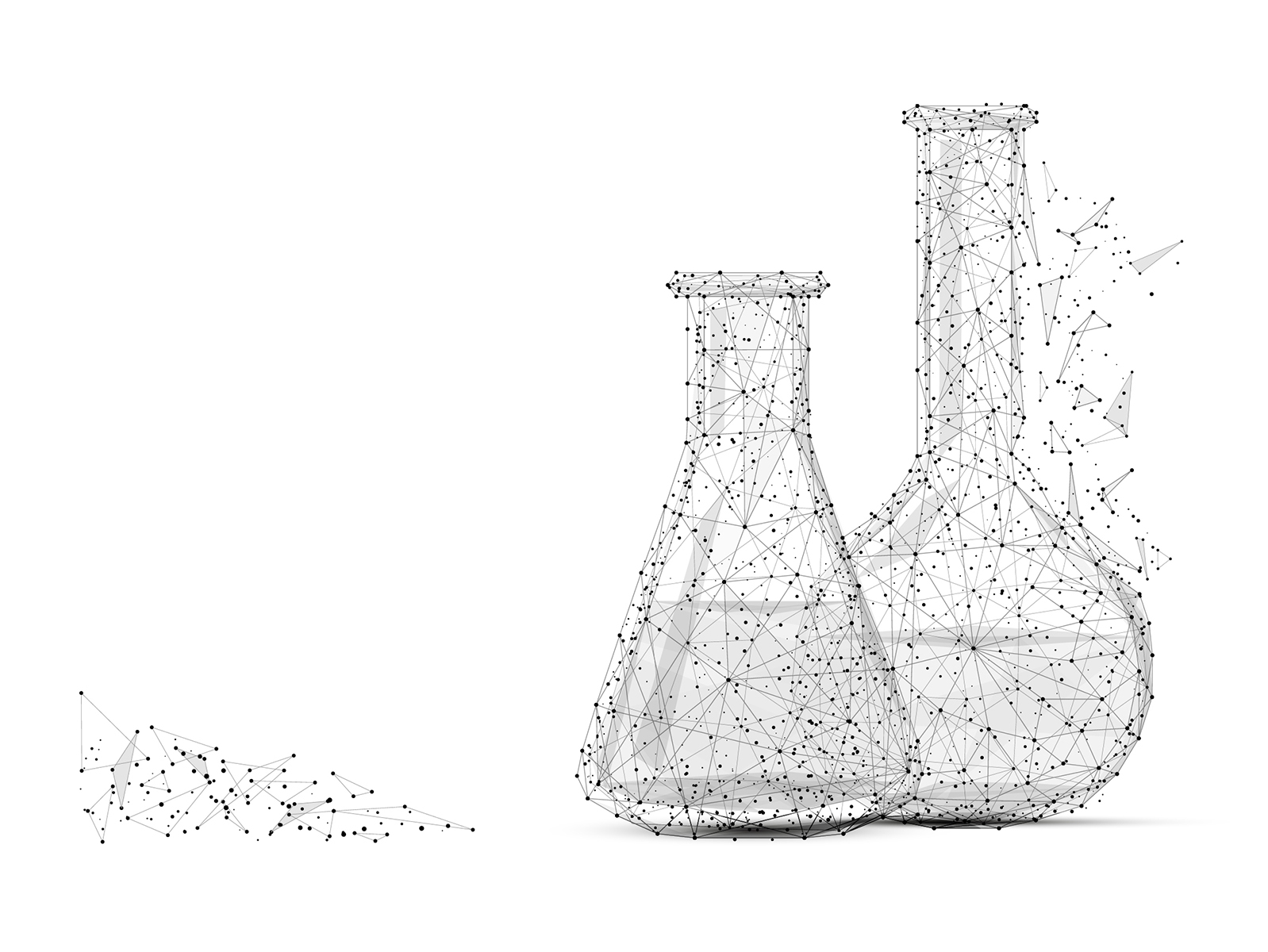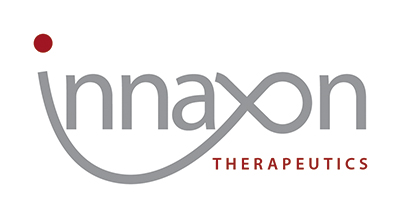About IAXO compounds
IAXO compounds are Glycolipids and Benzylammonium Lipids designed to act as Lipid A analogues that hold considerable promise in pharmacological settings, where inhibition of sterile (auto-) inflammation is desired, without compromising TLR4’s key role in the defence of pathogens. CD14-dependent and independent TLR4 activation of immune and non-immune cells by endogenous factors have been recently shown in a proof of concept preclinical study for inflammatory diseases such as an abdominal aortic aneurysm (AAA).
Persistent inflammation has been implicated in the pathogenesis not only of diverse chronic diseases such as neuropathic pain, atherosclerosis, chronic hepatitis, and abdominal aortic aneurysm, but also acute organ failure, cardiac infarct and stroke.

Toll-like receptors
The Toll-like receptor (TLR) family members are key contributors to these pro-inflammatory conditions. These pattern recognition receptors respond to molecular patterns in components of bacteria and viruses. In addition to their role in detecting pathogen-associated molecular patterns (PAMPs), TLRs can also sense endogenous danger (or tissue damage) associated molecular patterns (DAMPs) and have been implicated in perpetuating inflammatory cascades in the absence of invading microbes or other pathogens. TLR4’s well-known key role in orchestrating innate and adaptive immune response to Gram-negative bacteria now extends into the area of mediating auto-inflammation and tissue repair and remodelling.
The novel family of synthetic IAXO compounds not only can inhibit LPS-stimulated TLR4 activation by competitively occupying CD14 and thereby reducing the delivery of activating endotoxin to MD-2-TLR4 but may also shed light on the features of CD14-dependent and TLR4-independent signalling pathways triggered by TLR4 ligands other than LPS (endogenous danger molecules, such as HMGB1).
The functional properties described so far suggest that molecules IAXO-101 and IAXO-102an be considered lead compounds in the development of new agents selectively targeting the TLR4/CD14 mediated sterile inflammation.
IAXO compounds are effective in rodent models of inflammatory diseases (1-10 mg/kg) showing a good toxicity profile.
Innaxon and our collaborators have succeeded in solubilising challenging lipid and hydrophobic high potency API using SMALP technology (nanodisc)
Nanodiscs offer a versatile and customisable platform for studying membrane proteins, drug discovery, targeted drug delivery, vaccine development, and diagnostics. A nanodisc is a synthetic lipid bilayer disc that is stabilised by a belt of amphiphilic polymers or detergents. It is typically used to study the structure, function, and interactions of membrane proteins in a controlled environment or for drug delivery of active pharmaceutical ingredients (API) or adjuvanted antigens for vaccines.
Nanodiscs offer several advantages for therapeutic and diagnostic applications:
- Membrane protein research: Nanodiscs provide a native-like environment for membrane proteins, allowing them to maintain their structure and function outside the cell membrane. This enables detailed studies of membrane protein interactions, ligand binding, and functional characterisation, which can aid in the development of new therapeutics targeting membrane proteins.
- Drug discovery: Nanodiscs can be used as a platform for screening potential drug candidates. They allow the incorporation of specific membrane proteins involved in disease pathways, facilitating the evaluation of drug binding, efficacy, and potential off-target effects. This information can accelerate the drug discovery process by providing insights into the mechanism of action and optimization of lead compounds.
- Delivery systems: Nanodiscs can serve as a delivery vehicle for therapeutics. By incorporating specific membrane proteins into nanodiscs, they can be utilised for targeted drug delivery to specific cell types or tissues. This approach can enhance drug efficacy, reduce side effects, and improve the overall pharmacokinetics of therapeutic molecules.
- Vaccines: Nanodiscs can be engineered to present antigens in a controlled and stable manner, making them a promising platform for vaccine development. By incorporating specific antigens into nanodiscs, they can elicit a targeted immune response, leading to the production of antibodies and T-cell activation. This approach can enhance vaccine efficacy and potentially overcome challenges associated with traditional vaccine delivery systems.
- Diagnostic tools: Nanodiscs can be functionalised with various molecules, such as antibodies or fluorescent probes, to create diagnostic tools. By incorporating specific biomarkers into nanodiscs, they can be used for sensitive detection of disease-related molecules in patient samples. This can enable early disease detection, monitoring of disease progression, and personalised medicine approaches.
Their ability to mimic the native cellular environment makes them valuable tools in various therapeutic and diagnostic applications.
